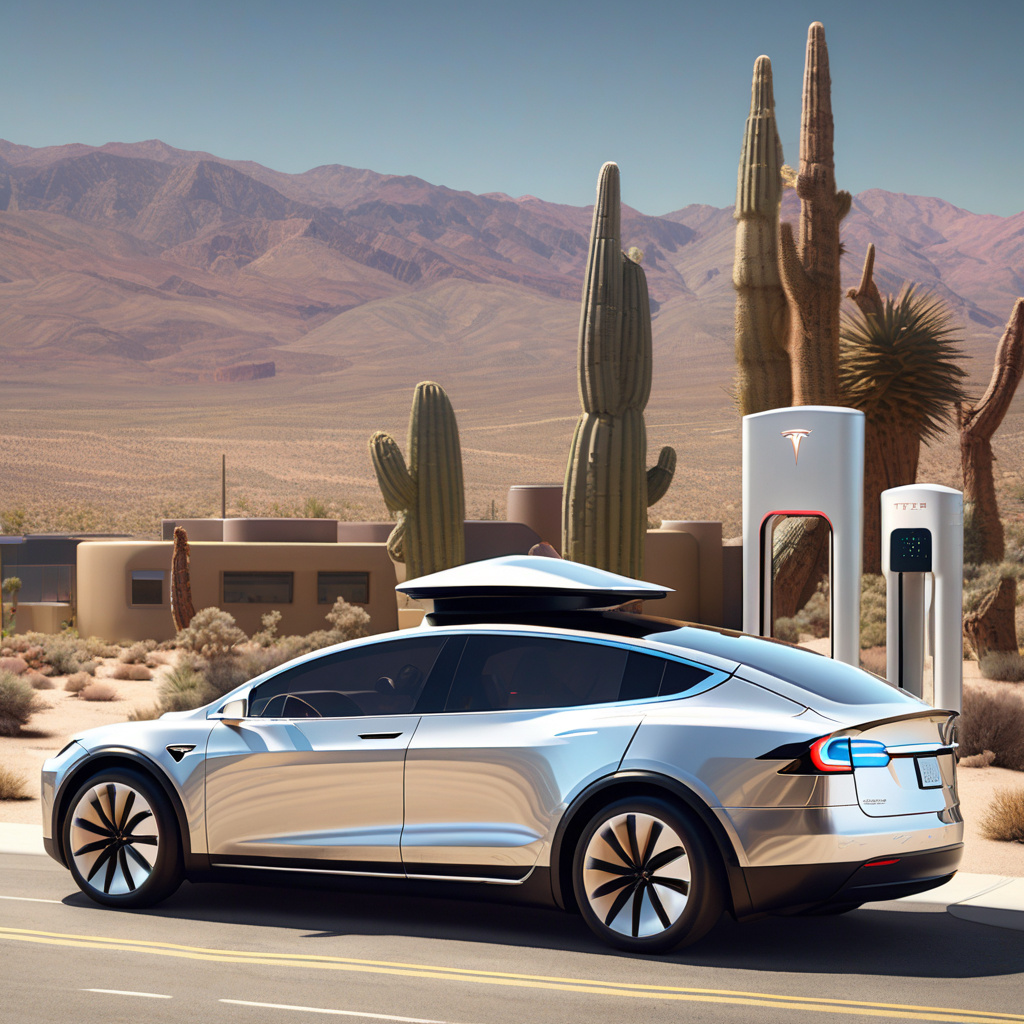Tesla’s Robotaxi Plans in Nevada: A Step Forward in Autonomous Driving
In a significant leap towards revolutionizing transportation, Tesla has secured a testing permit in Nevada to trial its autonomous vehicle technology on public roads. This development marks a pivotal moment in Tesla’s ambitious pursuit of self-driving capabilities, bringing us closer to a future where cars navigate our streets without human intervention.
While this permit is indeed a substantial milestone, it’s essential to note that Tesla still has hurdles to overcome before it can offer paid rides, akin to its operations in Austin, Texas. The road to fully autonomous driving is fraught with challenges that demand meticulous testing, validation, and regulatory approval.
Tesla’s foray into autonomous driving technology is not just about showcasing innovation; it’s about redefining our relationship with transportation. The promise of Robotaxi services holds the potential to enhance road safety, reduce traffic congestion, and fundamentally transform the way we move from point A to point B.
By gaining the green light to test its autonomous technology on Nevada’s public streets, Tesla demonstrates its commitment to pushing the boundaries of what’s possible in the realm of self-driving vehicles. This move underscores Tesla’s position at the forefront of the autonomous driving revolution, setting the stage for a future where cars become more than mere modes of transportation—they become intelligent partners in our daily lives.
As Tesla embarks on this testing phase in Nevada, it must navigate a complex landscape of technical challenges and regulatory considerations. Ensuring the safety and reliability of autonomous systems is paramount, requiring rigorous testing under diverse conditions to validate their performance in real-world scenarios.
Moreover, the regulatory framework surrounding autonomous driving continues to evolve, with policymakers grappling to establish standards that safeguard public safety while fostering innovation. Tesla’s journey towards offering paid Robotaxi services in Nevada will necessitate close collaboration with regulators to address concerns around liability, insurance, and ethical considerations in autonomous decision-making.
While Tesla’s progress in Nevada is undeniably impressive, it serves as a reminder that the path to fully autonomous driving is a marathon, not a sprint. Each step forward brings us closer to a future where self-driving cars are not just a novelty but a mainstream reality, reshaping our cities and highways in profound ways.
In conclusion, Tesla’s recent testing permit in Nevada signifies a crucial advancement in the realm of autonomous driving, showcasing the company’s dedication to pushing the boundaries of innovation. As Tesla navigates the complexities of testing and regulatory approval, we stand on the brink of a transportation revolution that promises to redefine how we interact with our vehicles. The road ahead may be winding, but with each milestone achieved, we inch closer to a future where self-driving cars are not just a vision but a tangible reality reshaping the way we experience mobility.

